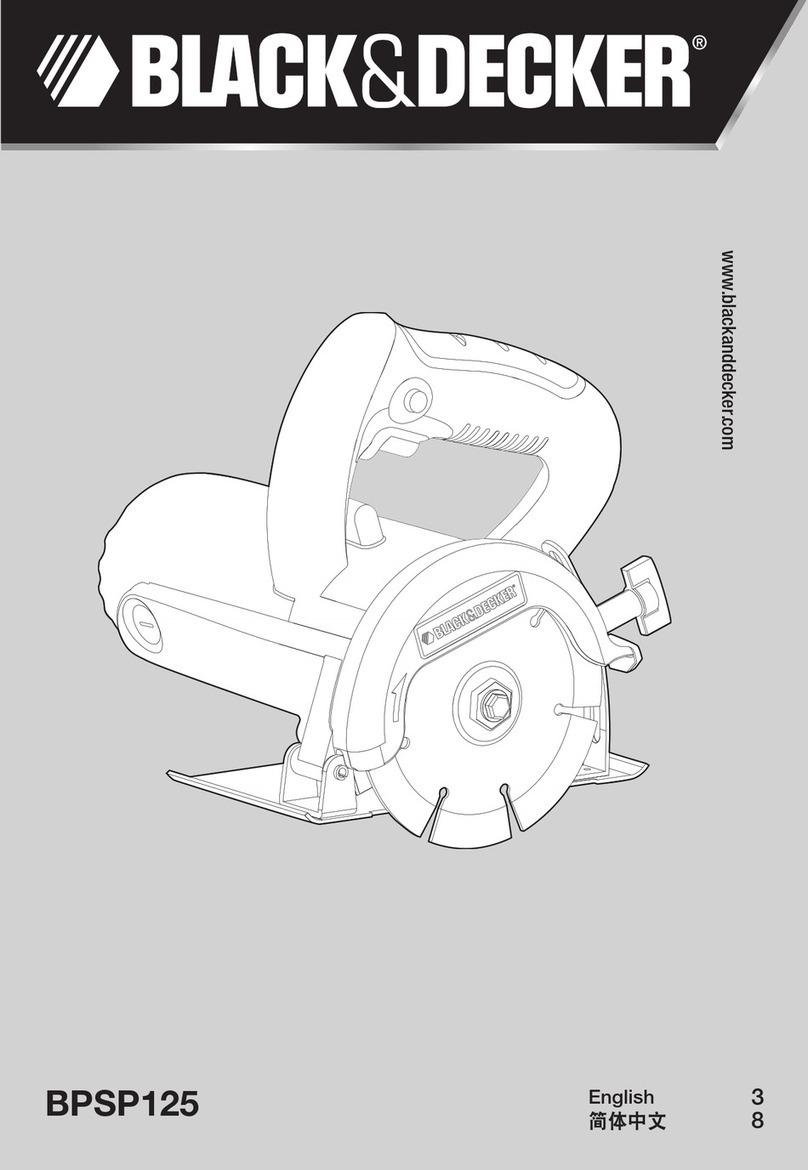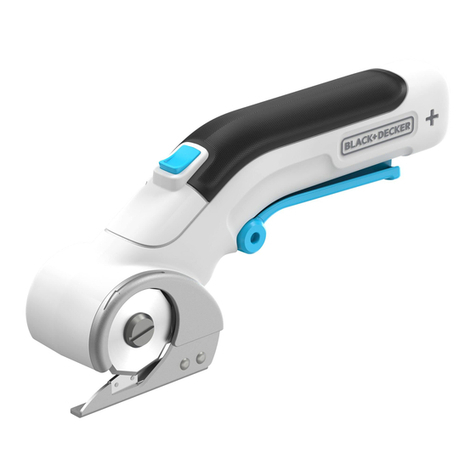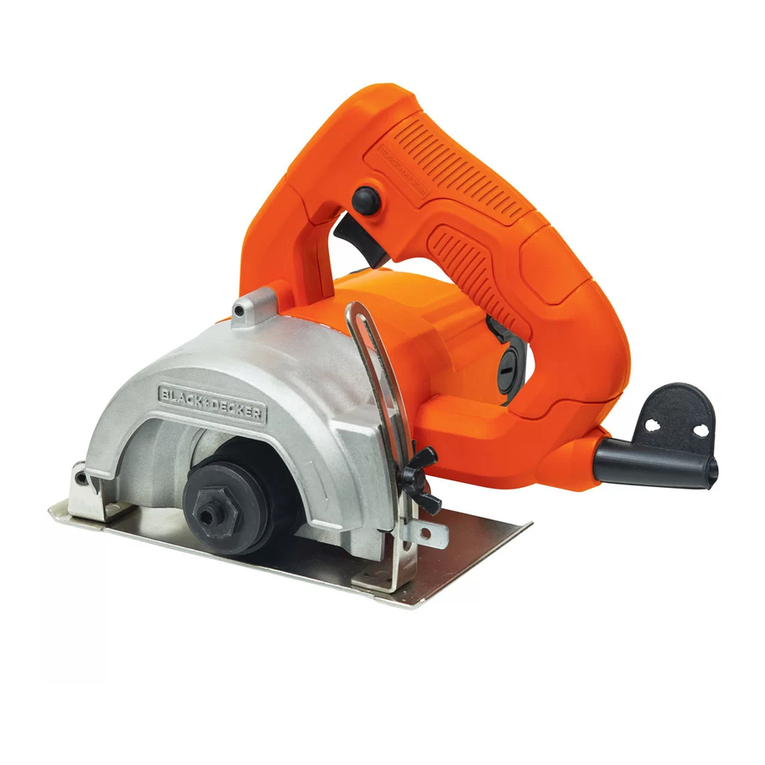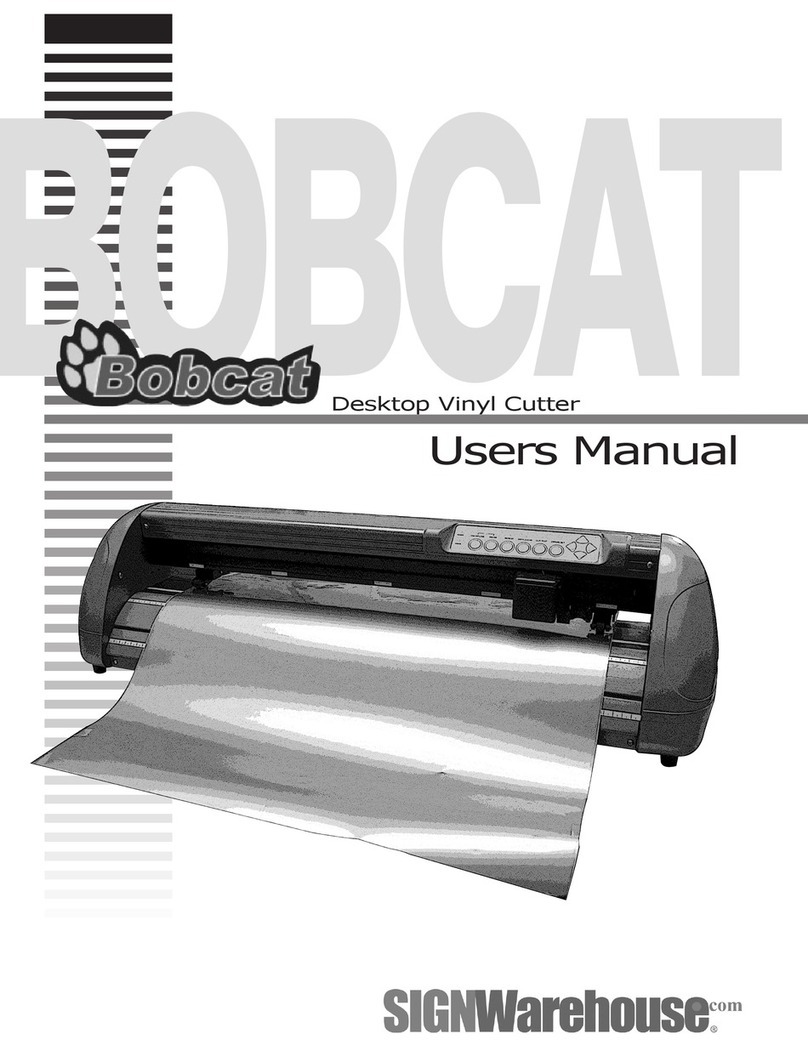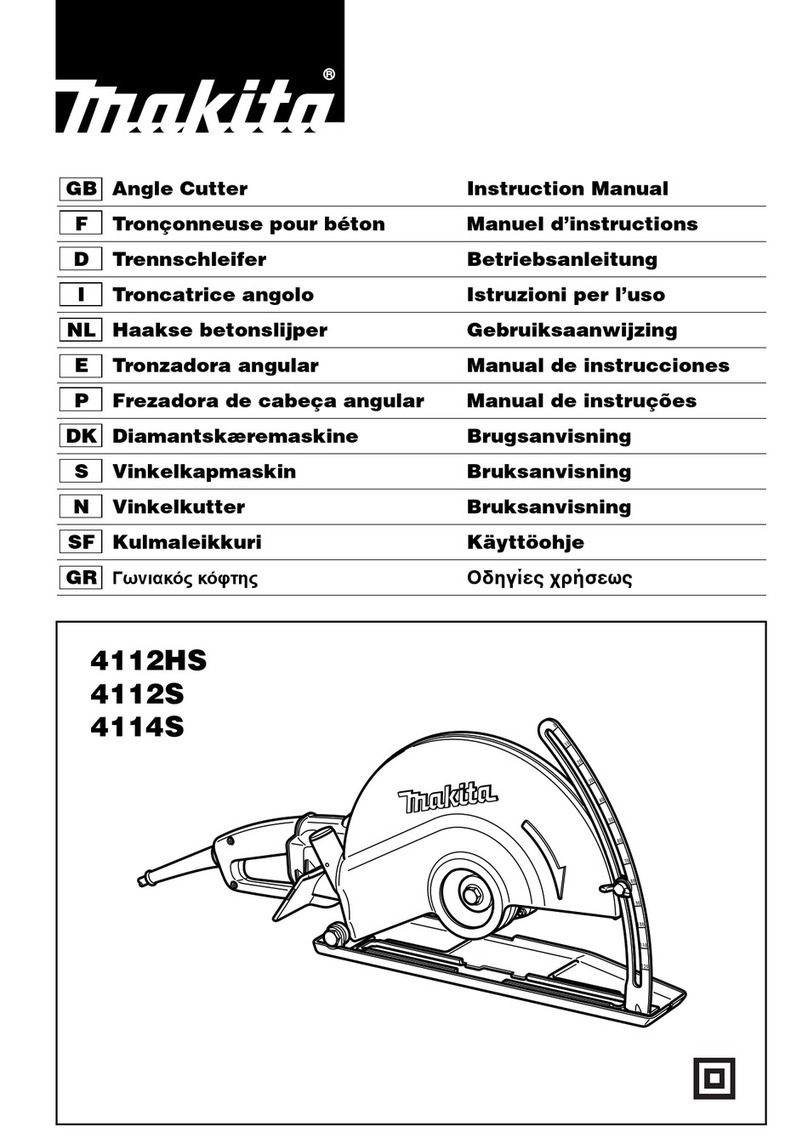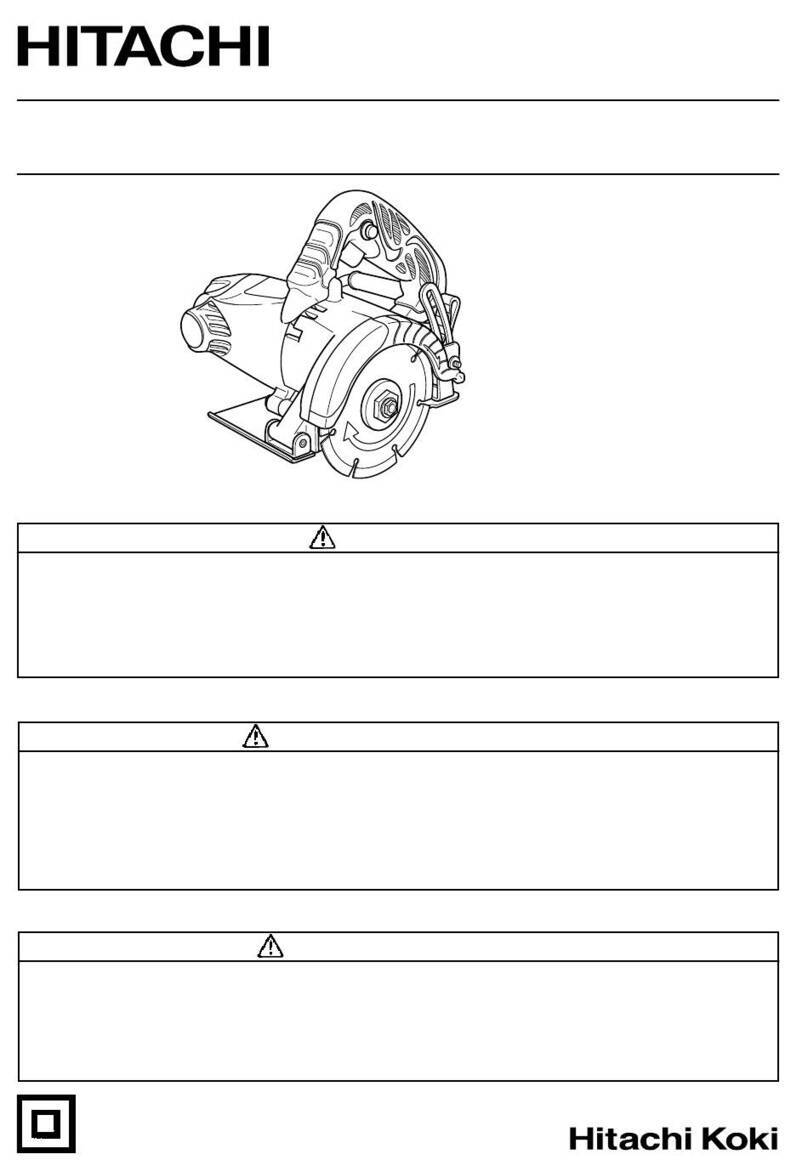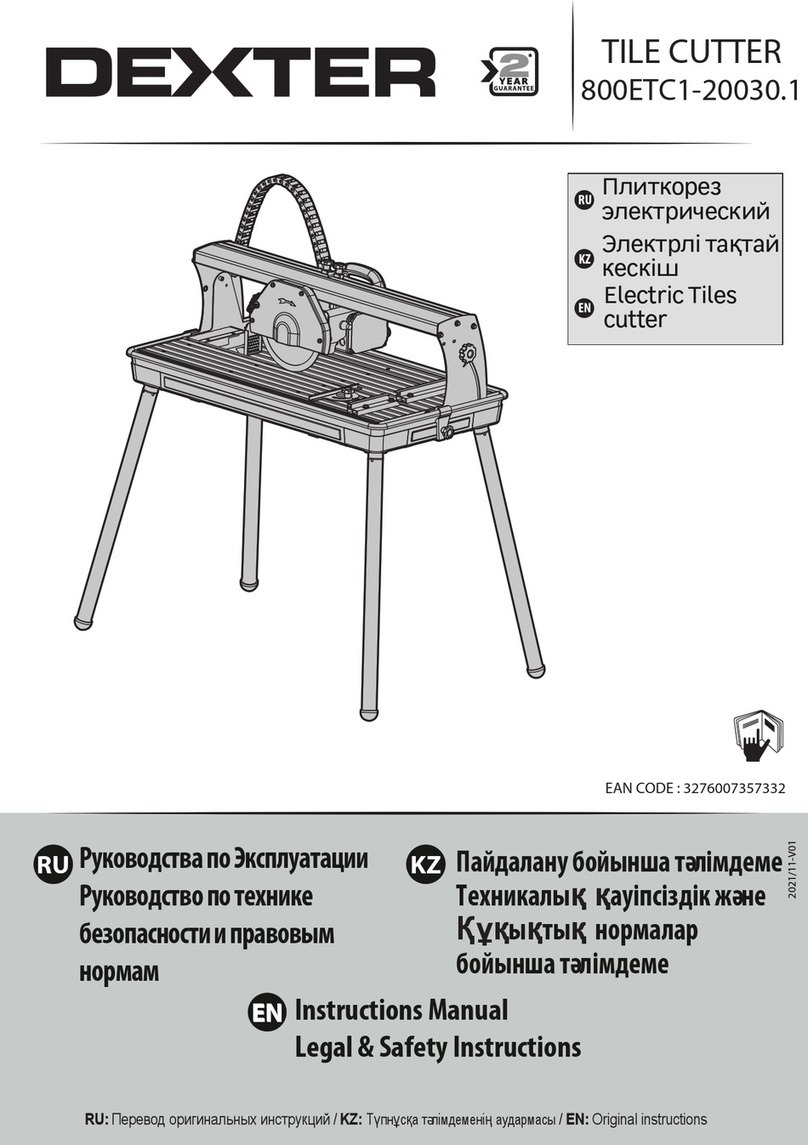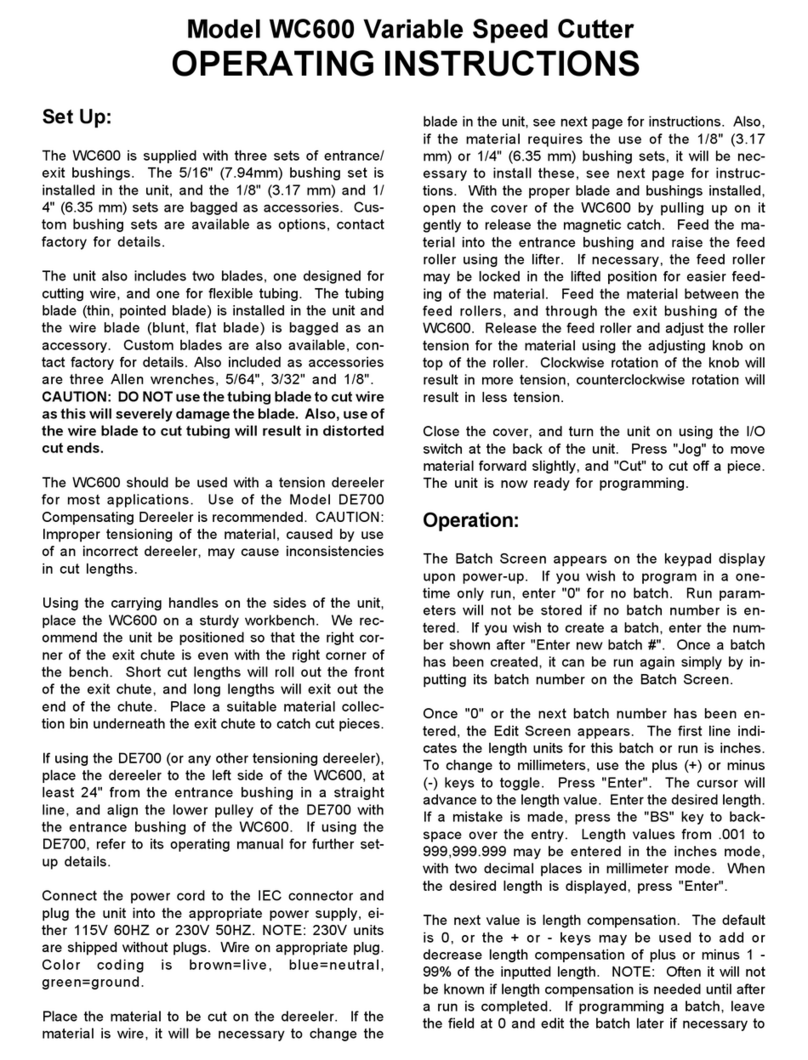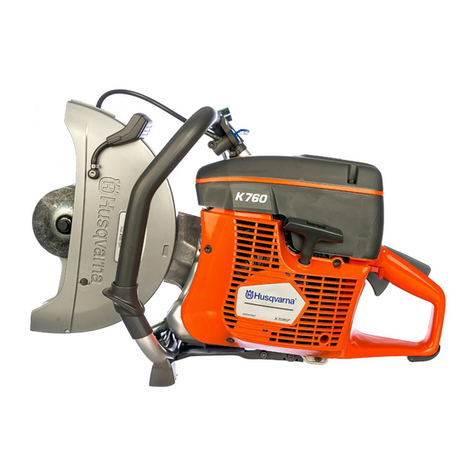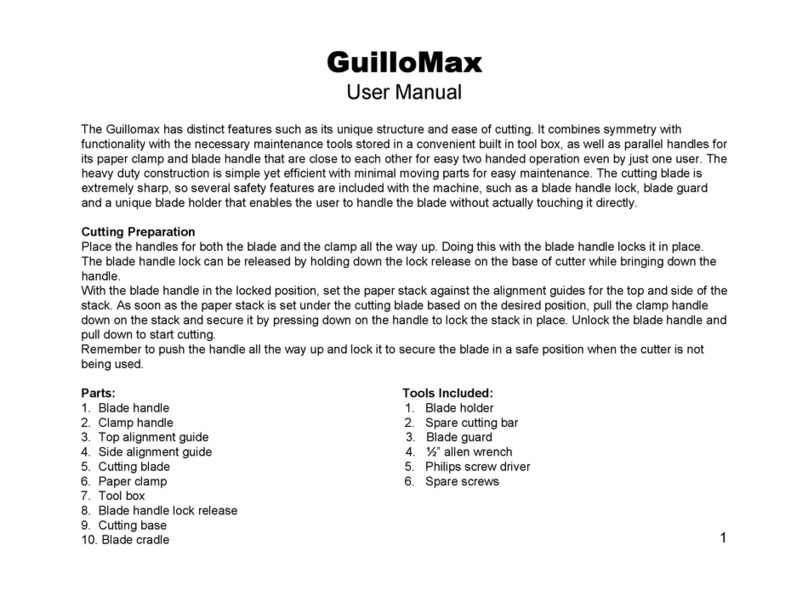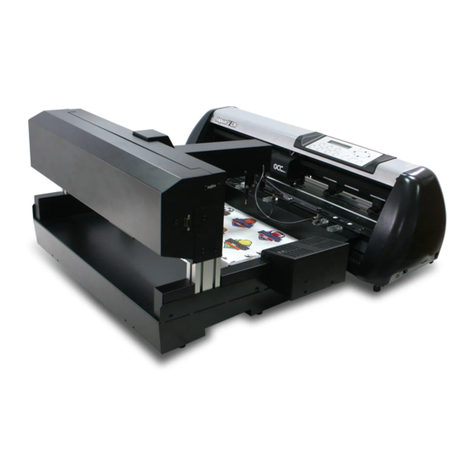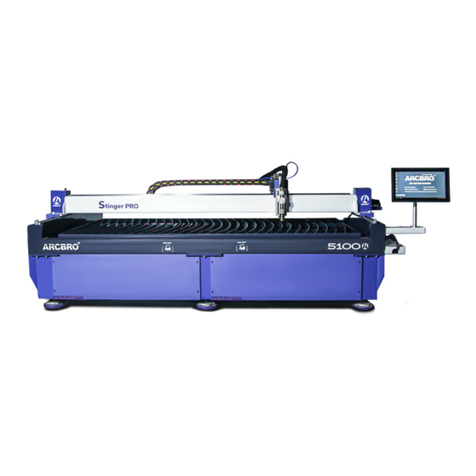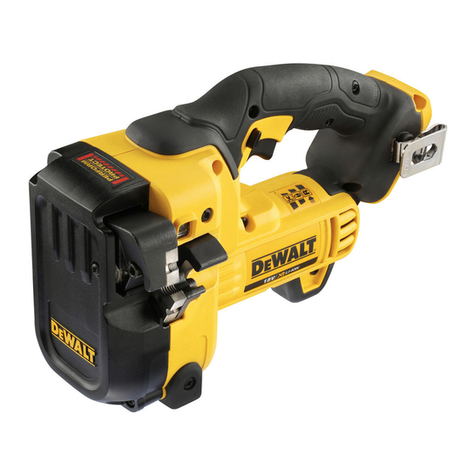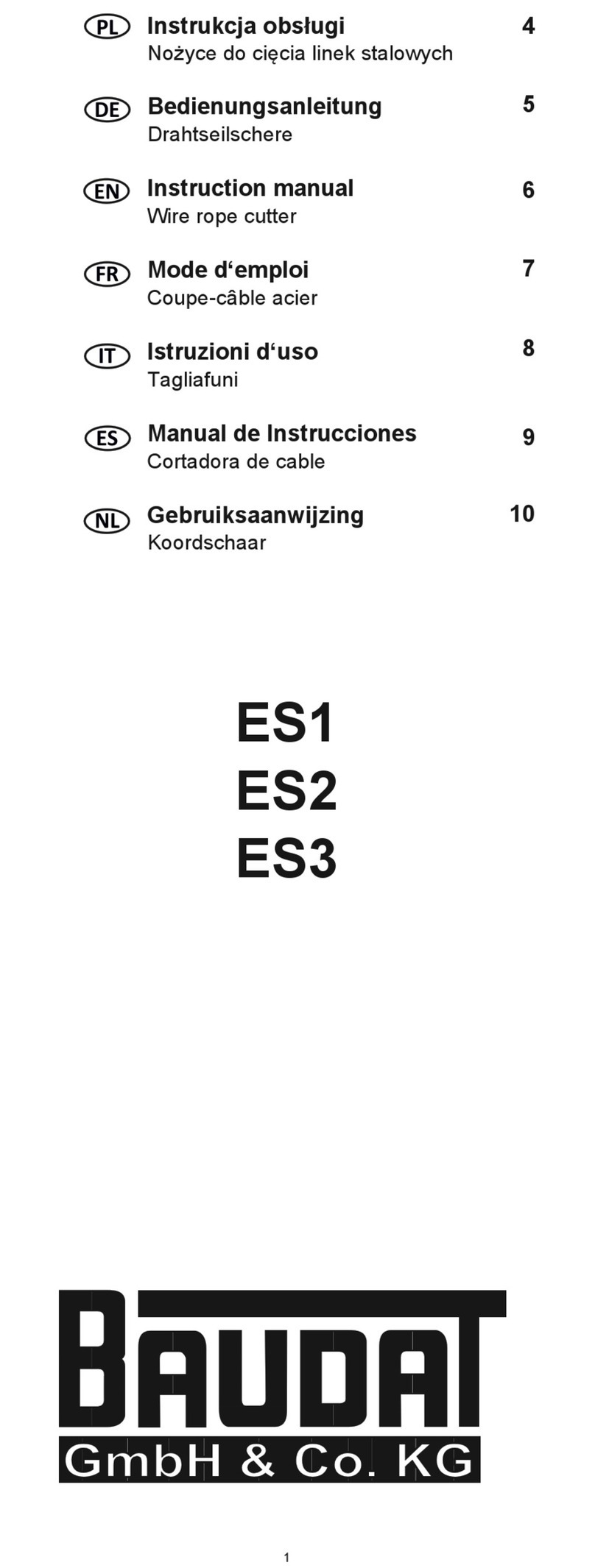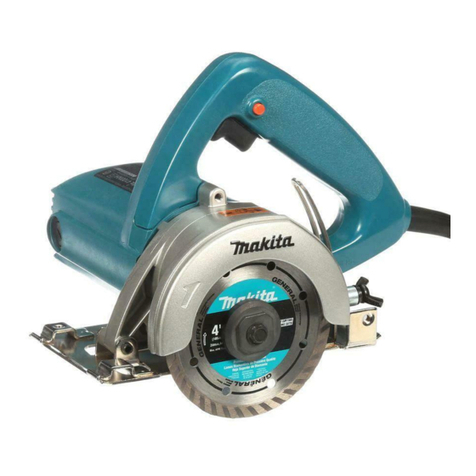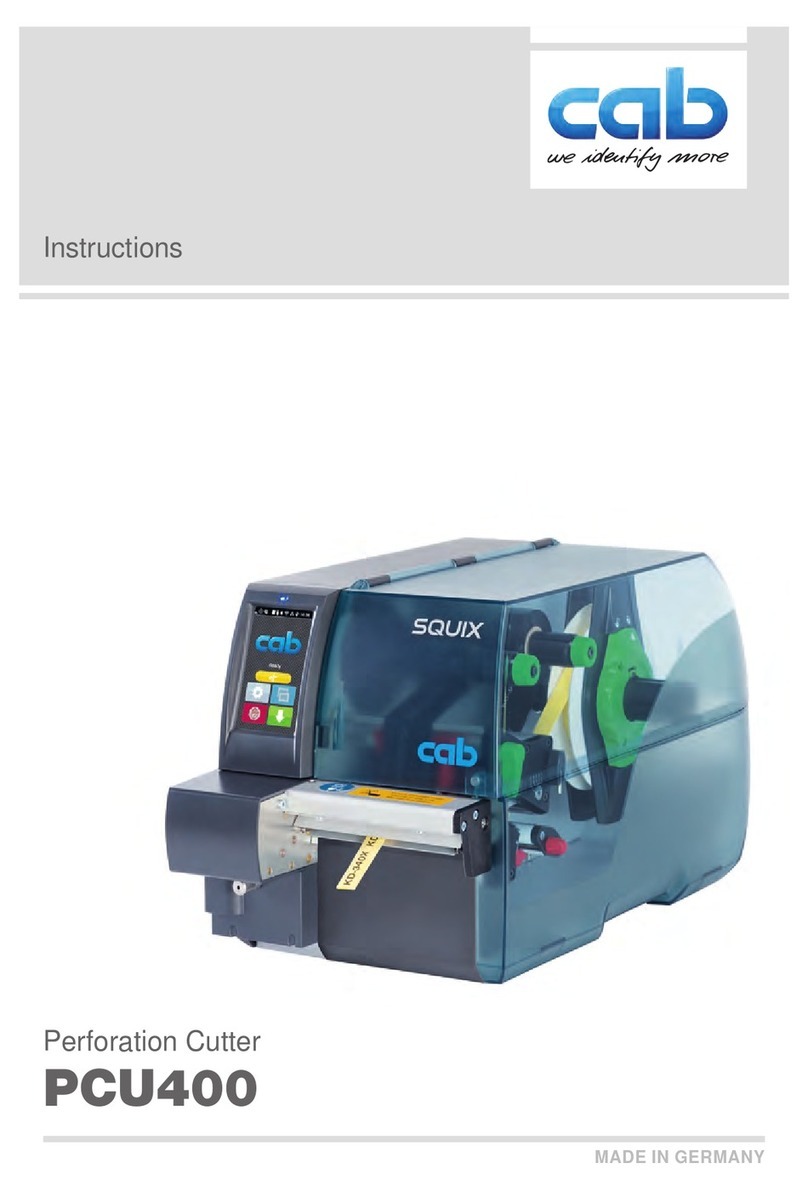
ENGLISH
7
WARNING:
Some dust created by power sanding, sawing, grinding, drilling, and other
construction activities contains chemicals known to the State of California to cause cancer,
birth defects or other reproductive harm. Some examples of these chemicalsare:
• lead from lead‑based paints,
• crystalline silica from bricks and cement and other masonry products, and
• arsenic and chromium from chemically‑treatedlumber.
Your risk from these exposures varies, depending on how often you do this type of work.
To reduce your exposure to these chemicals: work in a well ventilated area, and work
with approved safety equipment, such as those dust masks that are specially designed
to filter out microscopicparticles.
• Wear protective clothing and wash exposed areas with soap and water. Allowing dust
to get into your mouth, eyes, or lay on the skin may promote absorption of harmfulchemicals.
Direct particles away from face andbody.
• Use the appropriate dust extractor vacuum to remove the vast majority of static
and airborne dust. Failure to remove static and airborne dust could contaminate
the working environment or pose an increased health risk to the operator and those in
closeproximity.
• Use clamps or other practical ways to secure and support the workpiece to a stable
platform. Holding the work by hand or against your body is unstable and may lead to loss
of control andinjury.
• Air vents often cover moving parts and should be avoided. Loose clothes, jewelry or
long hair can be caught in movingparts.
CAUTION: When not in use, place tool on its side on a stable surface where it
will not cause a tripping or falling hazard. Some tools with large battery packs will
stand upright on the battery pack but may be easily knockedover.
The label on your tool may include the following symbols. The symbols and their definitions are
asfollows:
V.........................volts
Hz .......................hertz
min.....................minutes
or DC......direct current
......................Class I Construction (grounded)
…/min.............. per minute
BPM.................... beats per minute
IPM.....................impacts per minute
OPM.................... oscillations per minute
RPM.................... revolutions per minute
sfpm ...................surface feet per minute
SPM....................strokes per minute
A.........................amperes
W........................watts
Wh...................... watt hours
Ah....................... amp hours
or AC........... alternating current
or AC/DC.... alternating or direct current
......................Class II Construction (double insulated)
no.......................no load speed
